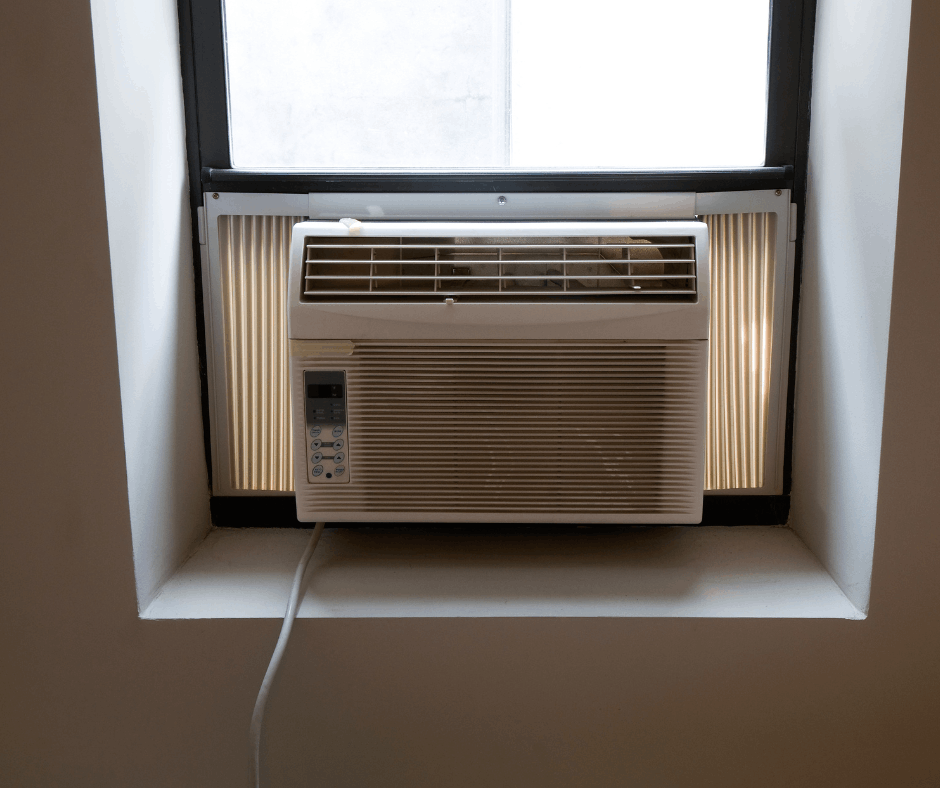
Words you don’t want to hear from your Blue Frost Heating & Cooling heating specialist, “Your heat exchanger is cracked.”
The most dreaded words your furnace repair man can utter to you are, “It looks like you have a crack in your furnace’s heat exchanger.” Why? Because cracks in heat exchangers allow carbon monoxide to enter the air you breathe in your home for one. This is a very common problem and should be repaired as soon as possible.
What is a heat exchanger?
Your furnace is designed to keep heat and the combustion byproduct it produces inside from interacting directly with the outside air. This design ensures your furnace will work safely.
The heat exchanger is a piece of metal that separates the furnace heat from the outside air stream. It performs a very important function. When it is broken or cracked, it cannot work the way it is designed to work.
What causes a heat exchanger to crack?
At least 90 percent of heat exchangers crack due to poor installation by unqualified contractors, but here are some of the most common reasons they crack:
- Repetitious flexing of the metal. A furnace’s heat exchanger naturally expands and contracts with the heat of the furnace. As it expands and contracts over and over again to heat your home over a period of several years, the metal stresses and cracks.
- Improper air flow. Dirty or obstructed vents can result in poor air flow. This overworks the furnace, which can crack the heat exchanger prematurely.
- Poor, incomplete or improper combustion. When the combustion process is inefficient due to poor air flow, your furnace’s burners must run hotter and longer to heat your home. This puts extra stress on the heat exchanger.
What should be done about a cracked heat exchanger and why?
It is critical that you call a heating professional and address the reason for the failure of your furnace heat exchanger right away.
- Prevent carbon monoxide leaks
- Keep cracks from happening again
- Lower your utility bills. Units that overheat due to inadequacies in the ductwork or poor installation run approximately 30 percent less efficient than those performing within proper specifications.
Learn more about cracked furnace heat exchangers from home inspector Greg Wayman here in “A Cracked Heat Exchanger is Nothing to Ignore.”
What is the cost to repair a cracked heat exchanger?
Many times the furnace is so old that it does not make sense to tear it apart and rebuild it. The cost to rebuild it is high. Plus, the string of repairs, which generally follow, will add to the cost to rebuild it. Before you know it, you have invested 50 percent of the money you could have used to purchase a brand new furnace, and now you’re stuck with an old furnace and high utility bills.
Younger furnaces may have a parts-only warranty, which a heat exchanger will fall under. Even under warranty, you can expect to pay $800 for labor to rebuild the unit if the flue pipe is steel, and $900-$1000 if the flue pipe is PVC. As owner, shipping costs to and from the manufacturer will also be your responsibility.
What can be done to prevent a cracked heat exchanger?
The best way to prevent a cracked heat exchanger is to properly maintain your furnace. Keep all vents clean and unobstructed and schedule annual maintenance inspections.
Call Blue Frost Heating & Cooling for maintenance, replacement or repairs.
Think carefully before you let just any furnace technician into your home to work on your furnace. There are caring, educated, honest professionals, and then there are the guys who just couldn’t make it anywhere else. Investigate companies before you hire someone. They must have a great reputation and guarantee 100 percent satisfaction.
If your heat exchanger does crack, call your heating professionals of Blue Frost Heating & Cooling. The sooner, the better. Cracks allow dangerous CO combustion gases to seep into your home negatively impacting your family’s health.
Schedule a furnace and heat exchanger inspection today. Call the heating professionals at Blue Frost Heating & Cooling at 630-444-0860.
STAY INFORMED – JOIN OUR EMAIL LIST – CLICK HERE






